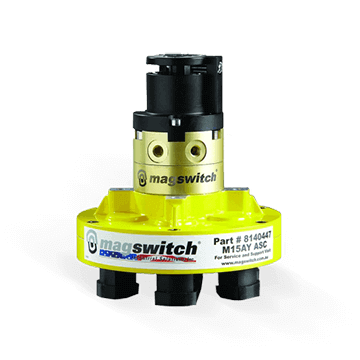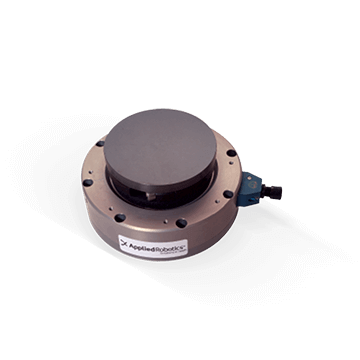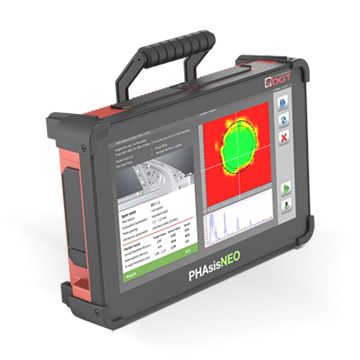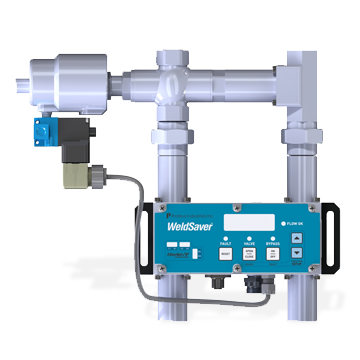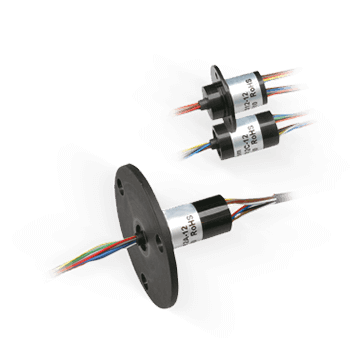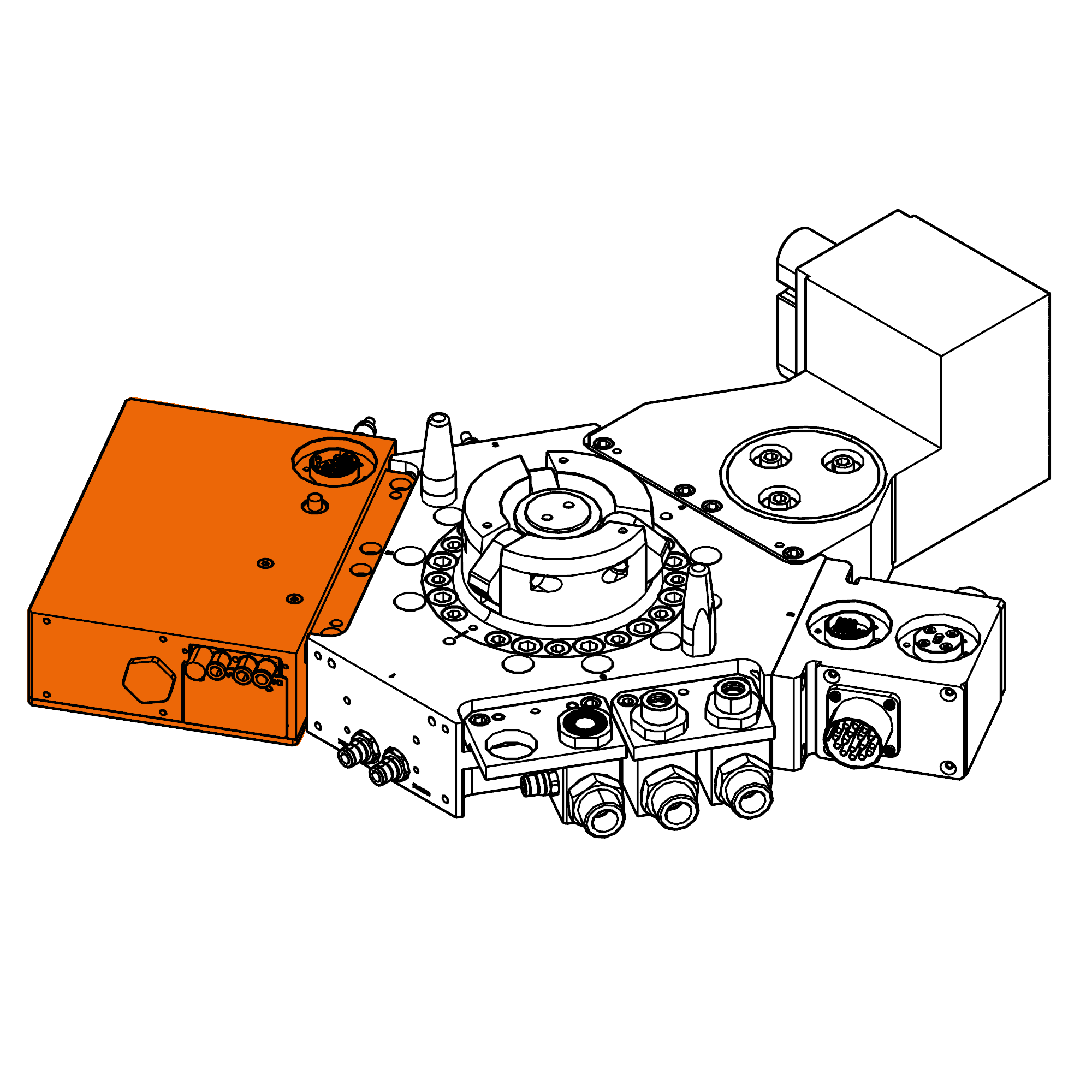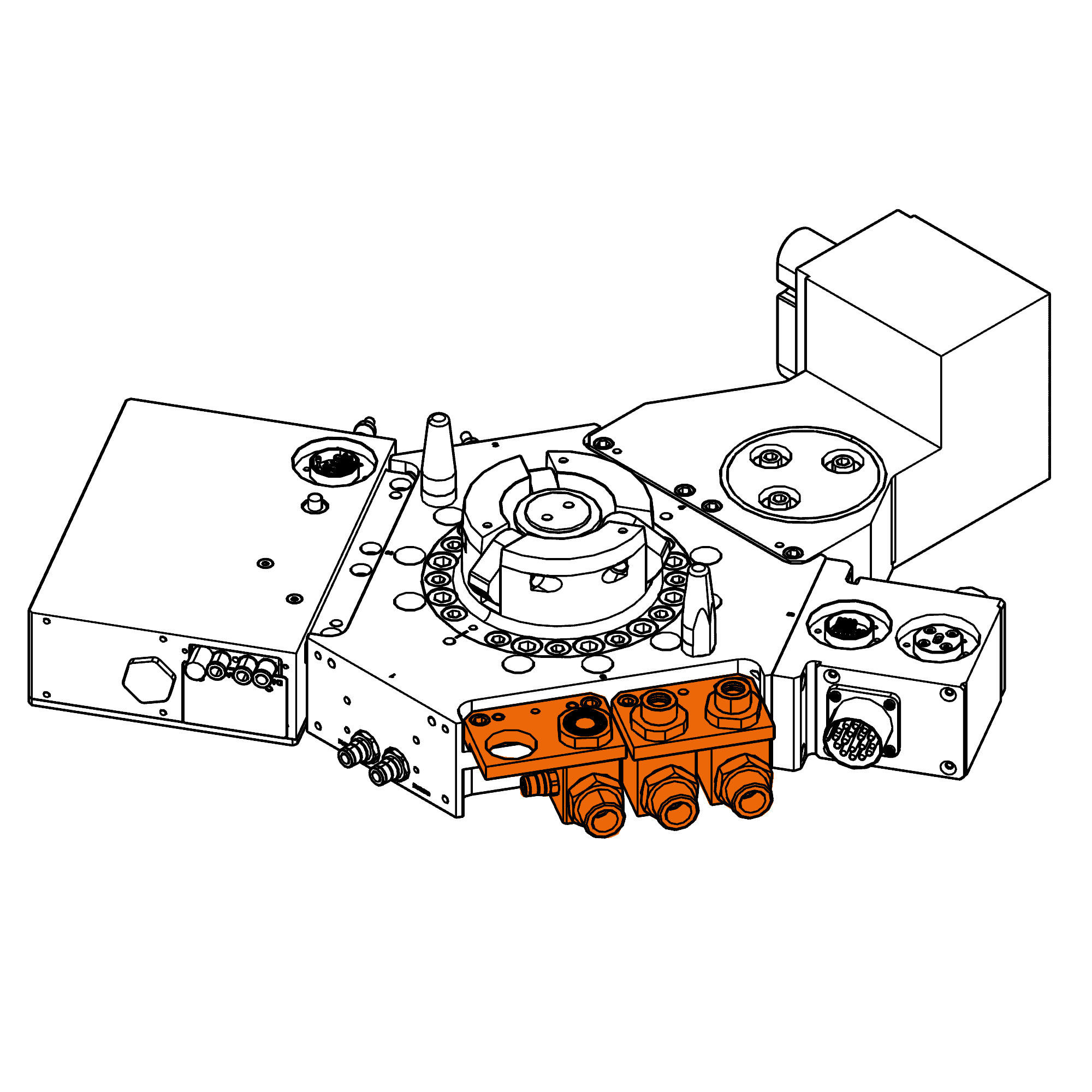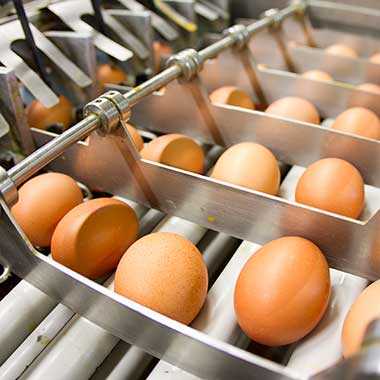Rotary Union | 2 passages | LT(M) 2121
The perfect solution for vacuum or pneumatic applications
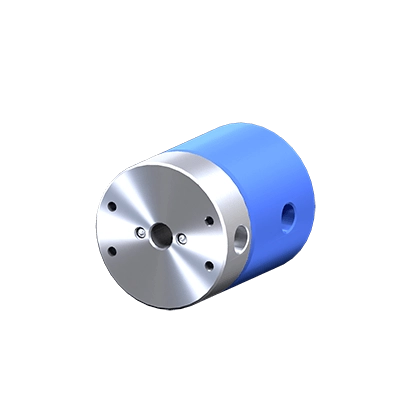
The LTM Series rotary unions are small and lightweight available in 2, 4, 8, 12 & 24 passage versions. They are the perfect solution for vacuum or pneumatic applications.
The LTM Series rotary unions feature all-aluminum construction and low-torque seals. They are suitable with a many industrial applications where pressure and/or vacuum is needed. They can be combined with slip rings thanks to the range of mounting accessories and their hollow shaft that allows pass-through elecrical wiring.
Advantages
- Multipurpose solution for air and/or vacuum
- Easy integration
- Multi-channel and competitive cost
- Can be easily combined with electrical slip rings
Benefits
- Avoid the need of complex piping arrangements
- Increased machinery performances
- Paiping maintenance mitigated



